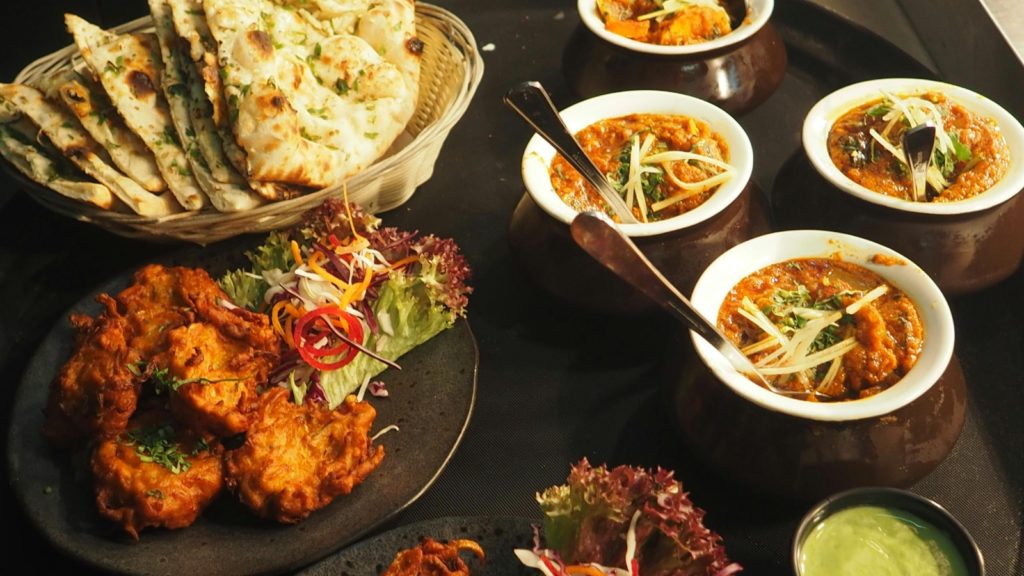
From the sizzling streets of the cities to the bustling markets of the hometowns, Nigerian cuisine is a symphony of flavors, each bite telling a story of tradition, culture, and innovation. But what exactly tickles our taste buds and leaves us craving for more? Join us on a tantalizing journey through the five types of taste that make every dish a delightful masterpiece.
Sweet: Ah, sweetness, better known as the alluring siren of the taste world. From the succulent sweetness of ripe mangoes to the indulgent delight of puff-puff made with Ayoola Plantain Flour, We all crave sweet things and scientists believe we evolved to like sweetness because it helps us recognize energy-dense foods. Sweet foods are often high in carbohydrates, like glucose, which provide our bodies with fuel. Whether it’s a celebratory treat or a simple pick-me-up, nothing quite satisfies like a burst of sugary goodness.
Sour: Foods with sour taste are often the perfect palate cleanser, they tend to awaken your senses and leave you craving another bite. Tangy tamarind, zesty lemon and pepper sauce, all provide that sour flavor that add a delightful twist to Nigerian cuisine.
Salty: As the sun sets over the Atlantic, there’s nothing quite like a plate of Ayoola Poundo and Egusi soup; the sharpness to the flavor and taste of the soup is made possible by some salt sprinkled while cooking to satisfy those savory cravings.
Saltiness is usually caused by table salt, or sodium chloride, that’s added to food. It can also be caused by mineral salts. Sodium is essential for electrolyte and fluid balance. Salt enhances flavors and brings dishes to life, but remember, moderation is key
Bitter: Now, don’t let bitterness scare you off; it’s an acquired taste that adds depth and complexity to our cooking adventures. Whether it’s the earthy undertones of bitter leaf soup or the satisfying traces of bitter utazi in nsala soup, bitterness adds intrigue to every bite. These soups are enjoyed best when paired with Ayoola Poundo Yam and Ayoola Cassava Fufu.
Embrace the bitterness, and you’ll discover a whole new world of flavor waiting to be explored.
Umami: Ah, the elusive fifth taste, umami – the essence of savory satisfaction. From the rich umami goodness of iru or okpei in ogbono soup to the savory sensation of jollof rice cooked to perfection, umami is the secret ingredient that elevates Nigerian dishes from good to downright irresistible. It’s the taste that leaves you longing for just one more bite, even when you’re already stuffed to the brim.
So, there you have it – the five types of taste that dance on our tongues and define the deliciousness of Nigerian cuisine. Sweet, sour, salty, bitter, and umami – each flavor tells a story, weaving together the richness of our culinary heritage. Next time you sit down to enjoy a Nigerian feast, take a moment to savor each taste and appreciate the culinary magic that surrounds you. After all, life is too sweet for bland food!
